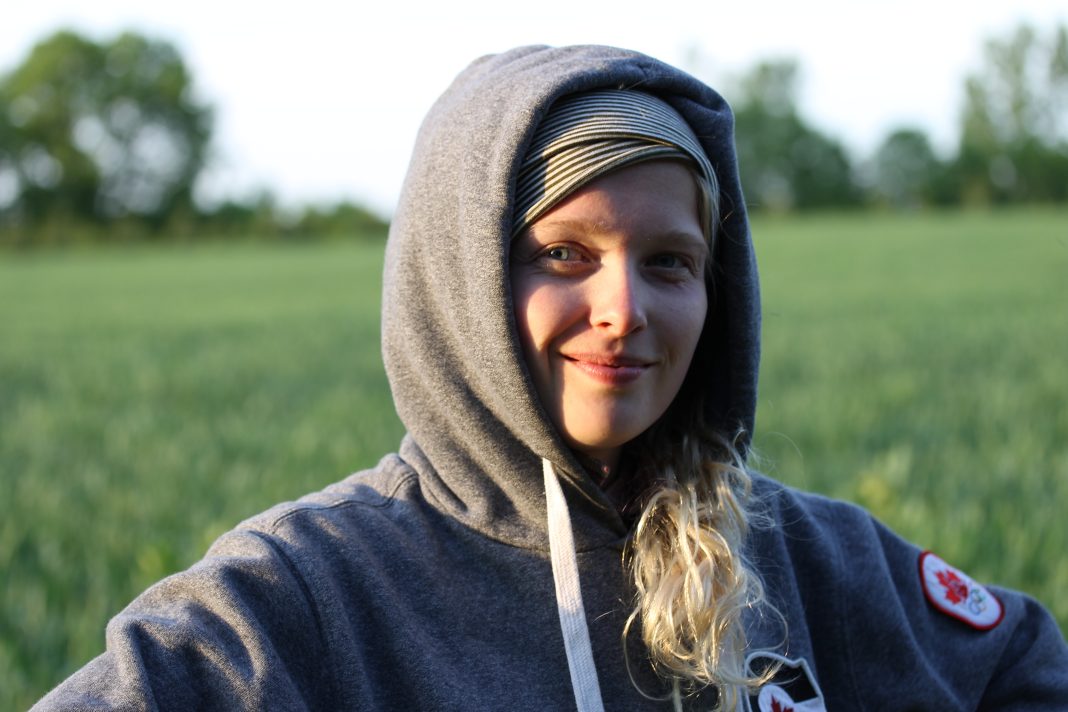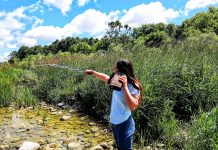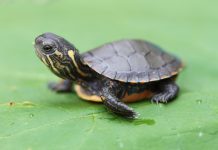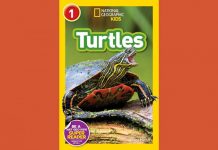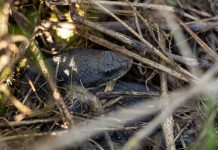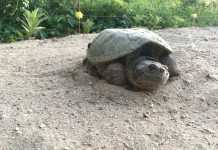Hi! My name is Monique, and I am one of the biologists working on the Huron Stewardship Council’s Queensnake Project this season. To give you an idea of what this project entails I will tell you about my day in the field.
The day began by driving to one of the 23 Queensnake sites along the Maitland River. Each site is 200 meters in length and are spaced equally between Lake Huron and the Wawanosh Nature Conservation Area. This morning, Rachel White, Stewardship Coordinator for HSC, and I headed to the site closest to the mouth of the Maitland River. Once we arrived at our site we put on our chest waders, ensured our pack was fully equipped and headed down to the beautiful river. After hiking along the Maitland Trail and bush-whacking through some tall vegetation we made it to the start of Site 1.
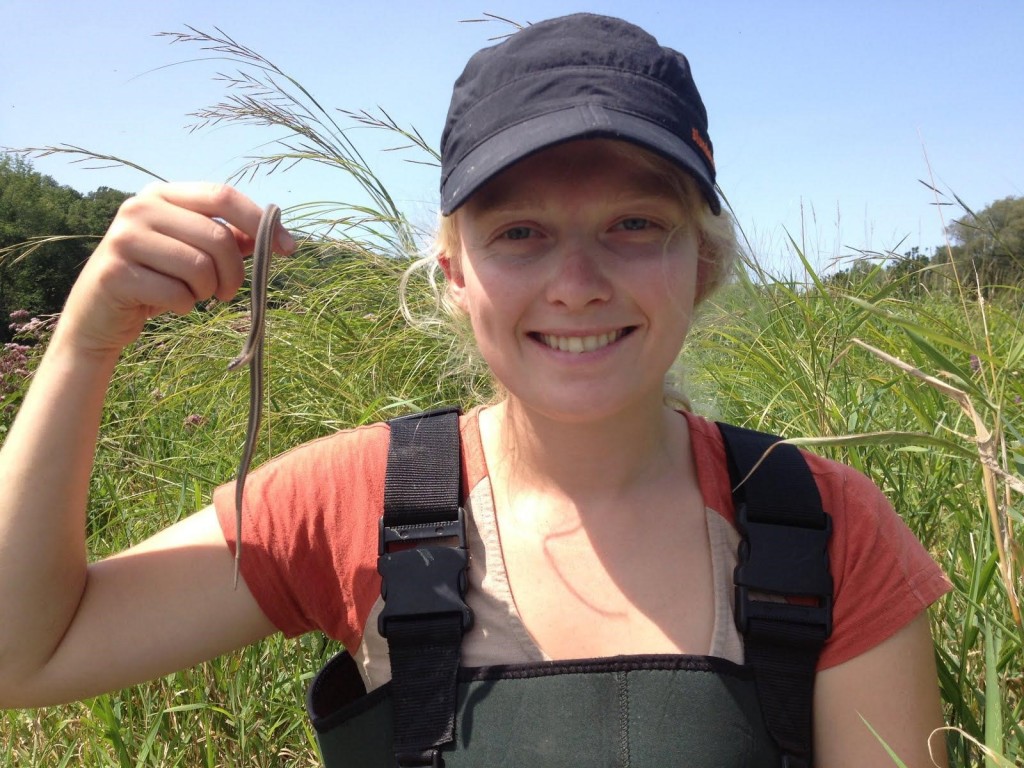
Now to search for Queensnakes! Each survey covers 200 m of shoreline and requires 60 minutes of searching. The snakes are usually within 5 meters of the shoreline and can be found both on land and in the water. The most common place we find Queensnakes in the Maitland River is under rocks. We also have to keep our eyes on the water as they can be seen swimming along the shoreline. If the sun is shining the Queensnakes can be spotted catching rays while coiled around shoreline plants including willows.
With only ten minutes left of our first survey today Rachel found an adult female Queensnake! This snake was found basking on some fallen branches at the water’s edge. Whenever we detect a Queensnake we collect the following data;
1. Length of the snake
2. Weight of the snake (this tells us whether it is an adult, sub-adult or juvenile)
3. Any deformities or injuries the snake might have
4. The snake’s behaviour (in this case she was basking but other options include hiding under cover, swimming, defecating and musking)
It is also important to take a waypoint using a GPS so we can map the exact location of the capture. With our snake capture data complete, we said farewell to this Queensnake as she slithered through the branches and into the river.
After an hour of searching for snakes we completed 3 crayfish surveys and 3 substrate surveys. Crayfish surveys provide important information because they make up the entire diet of the Queensnake! In each of these surveys we have 10 minutes to catch as many crayfish as we can along 10 meters of shoreline. This data gives us an idea of food availability for the Queensnake. The substrate surveys let us know what habitat is available for the Queensnakes. Possible substrates along the Maitland include; boulder, cobble, gravel, sand, clay, and silt. This will help us understand which habitat the Queensnakes are using the most.
That marks the end of one survey. I hope this has given you an idea of what it is myself and my fellow ‘Queensnakers’ do in the field!
-Monique Aarts

